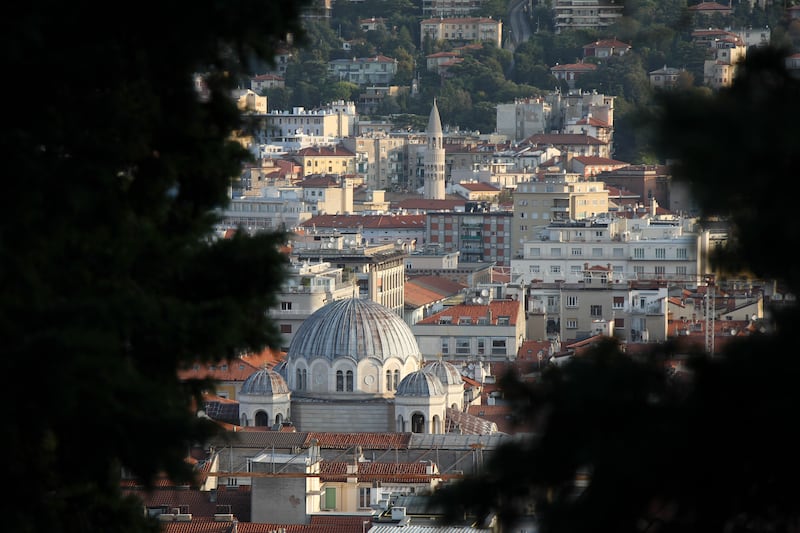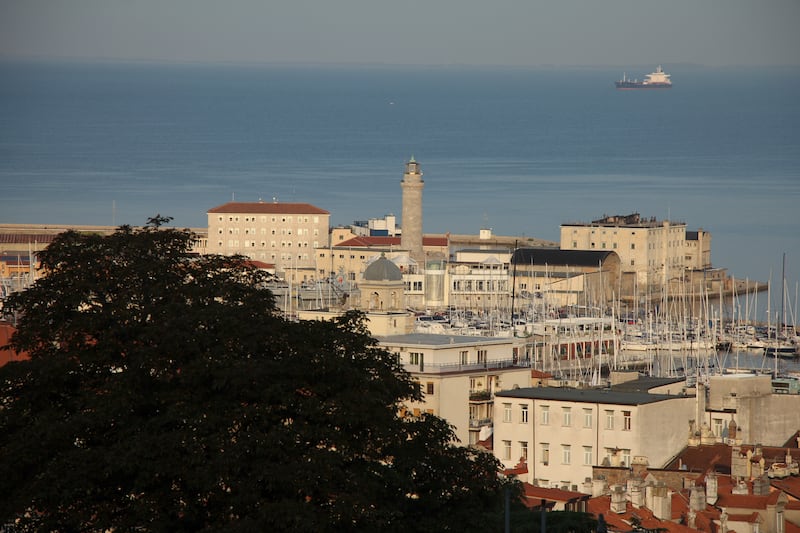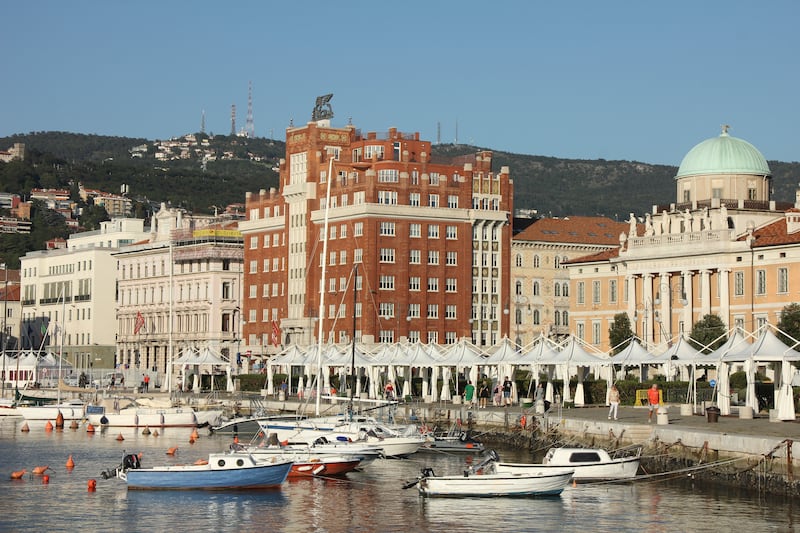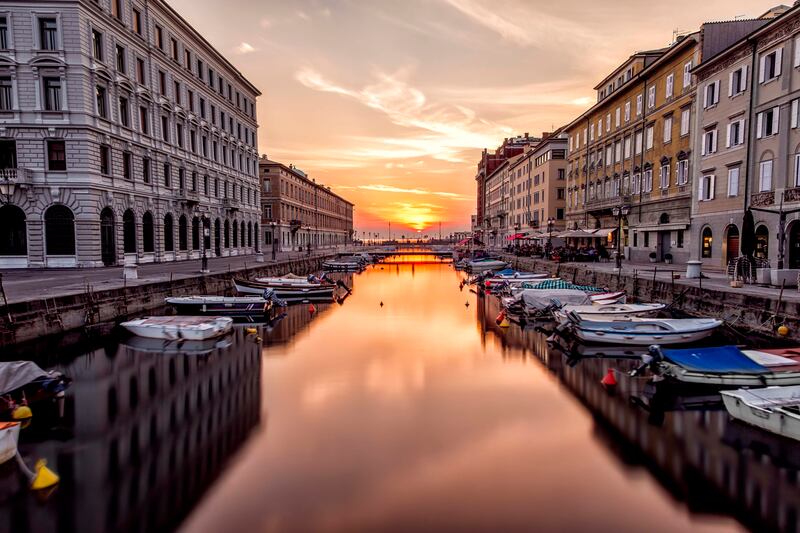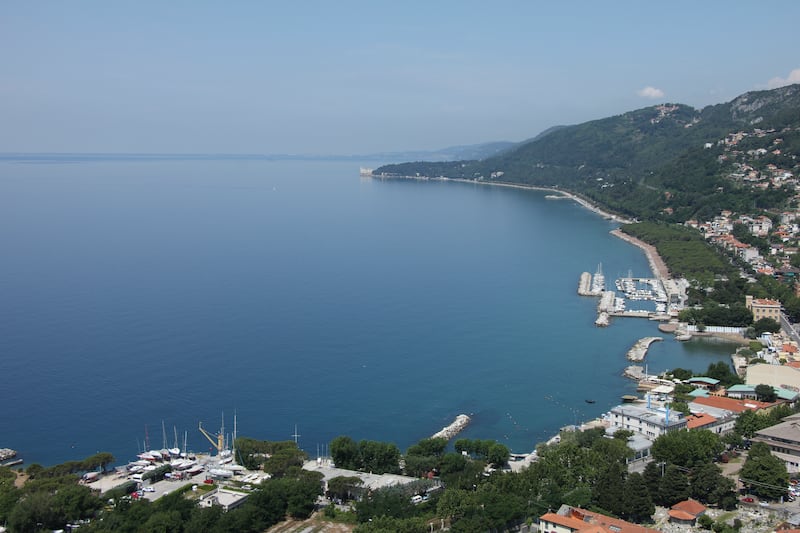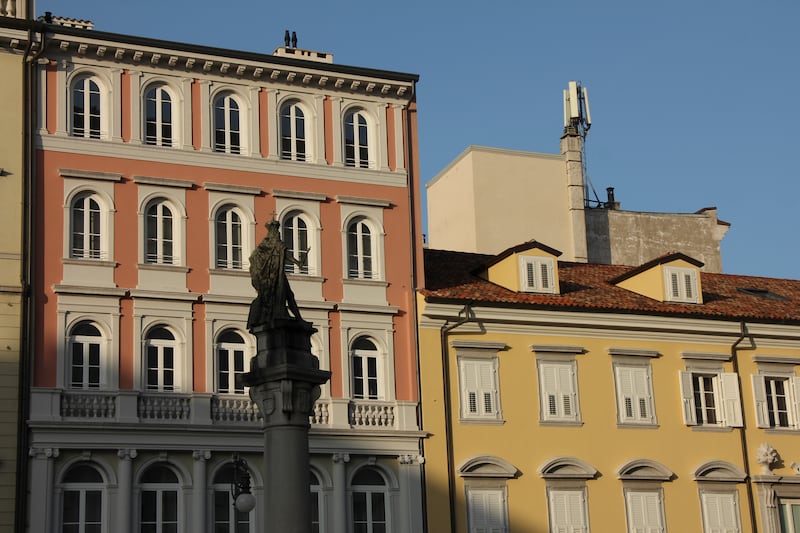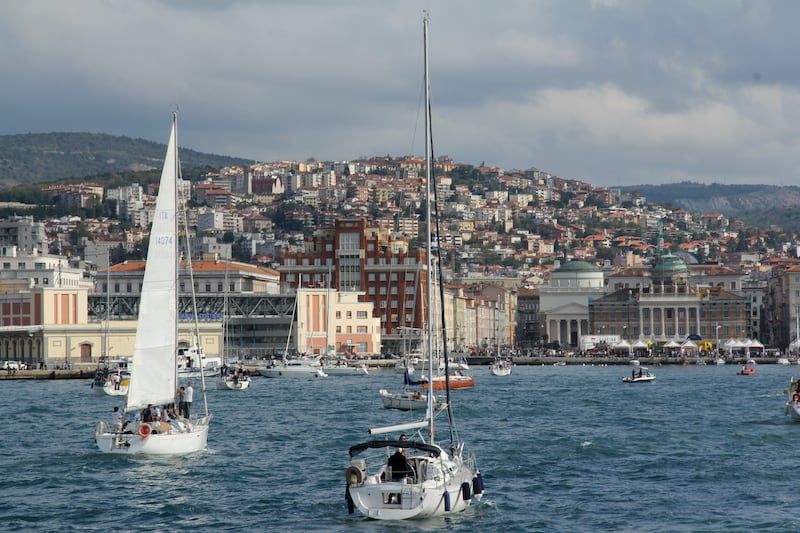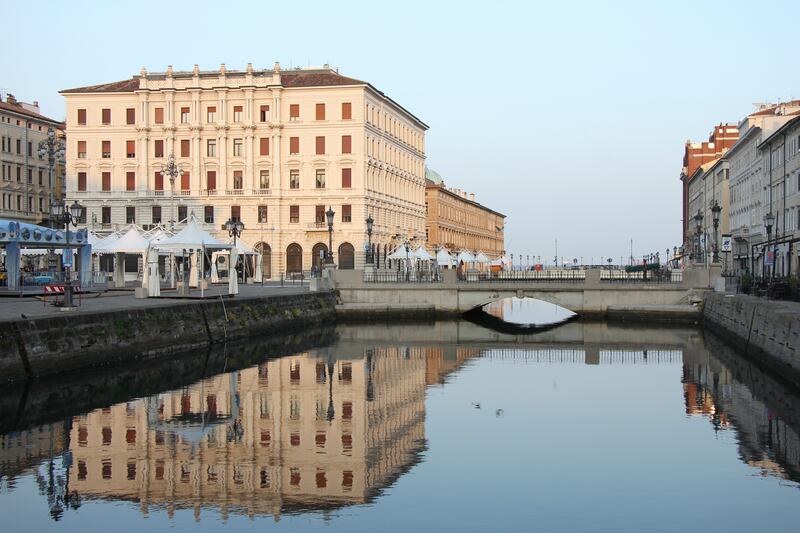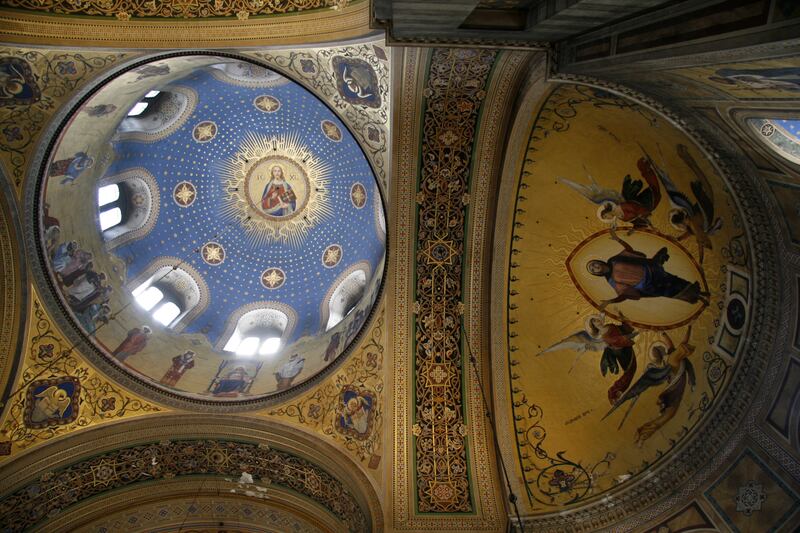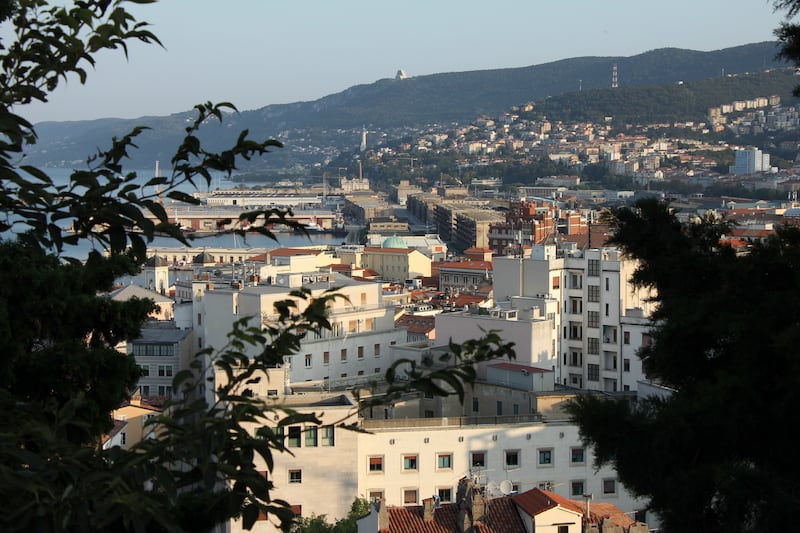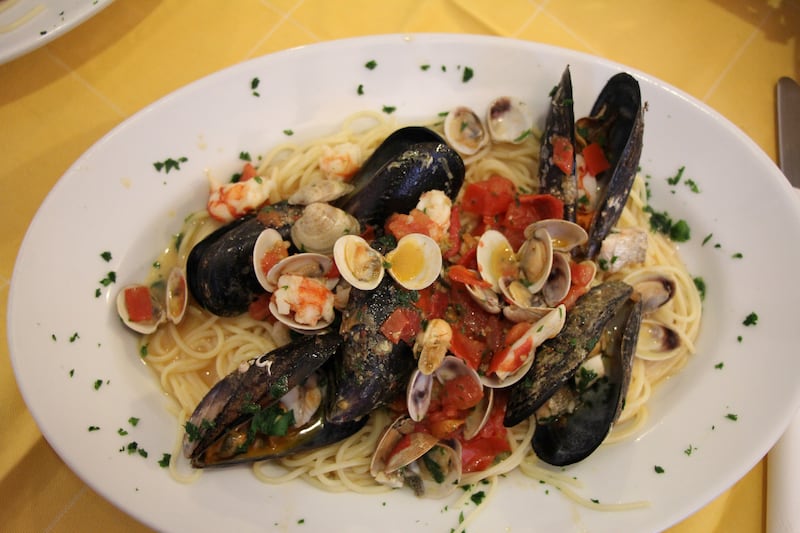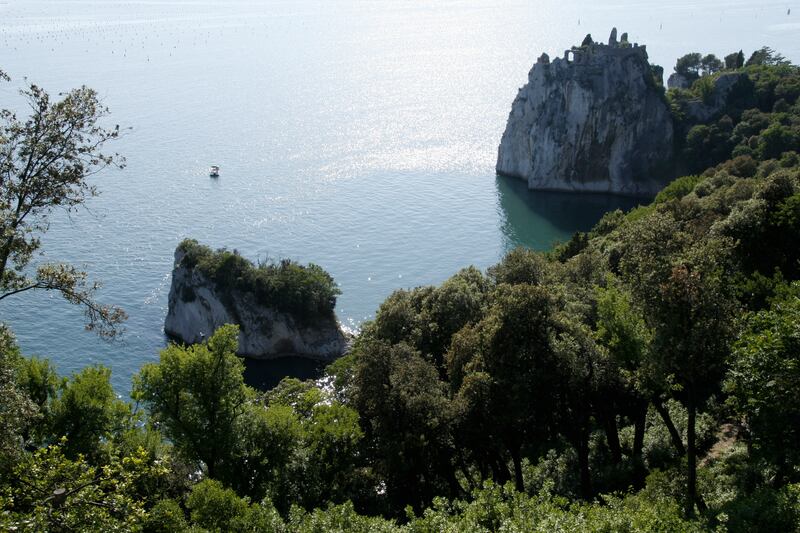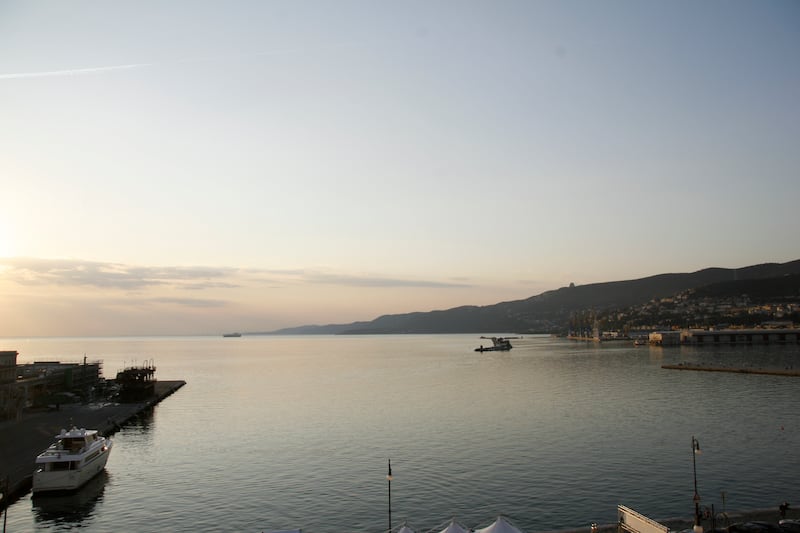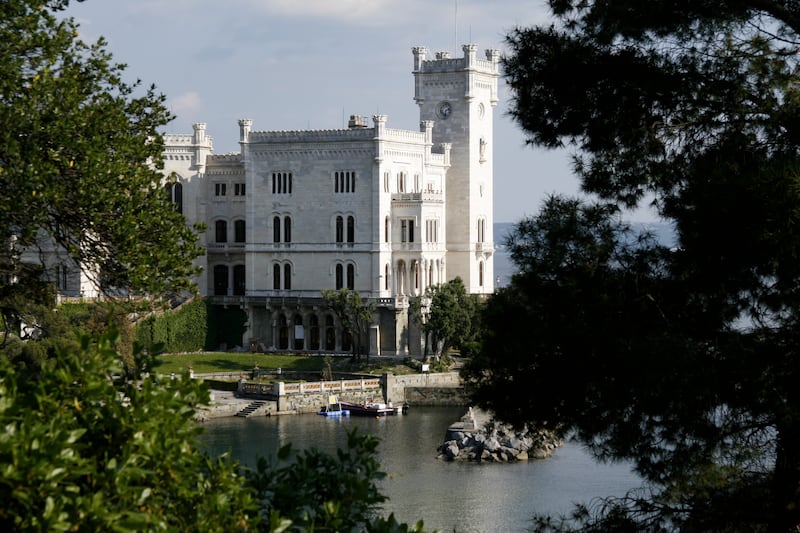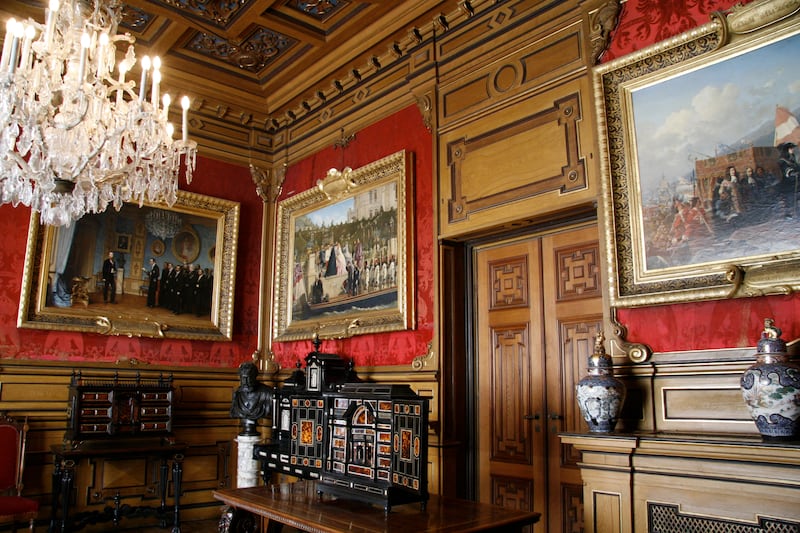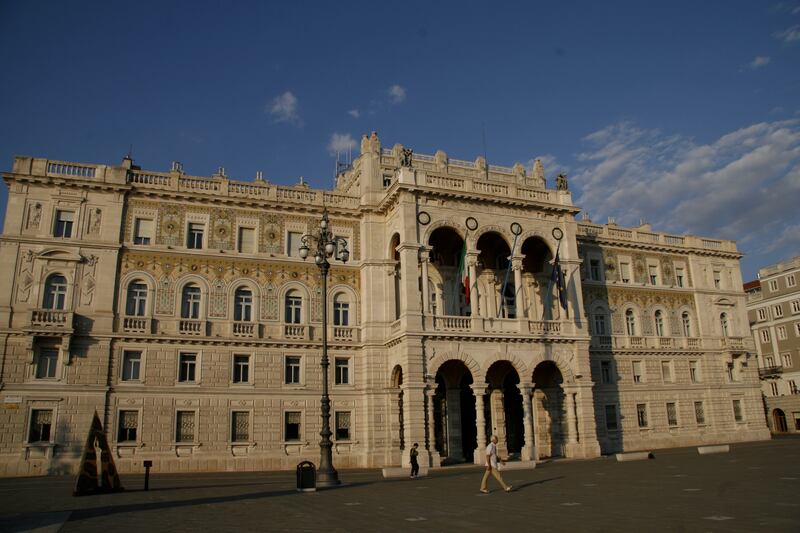On arriving in Trieste, I always have to remind myself that I'm actually in Italy. This buzzing, cosmopolitan melting pot prospered for 500 years under Austrian rule as the vital maritime port of global trade for the Habsburg Empire, and only officially became part of modern-day Italy in 1954. It feels closer in spirit to Vienna than Venice, even though its immense city square, lined by opulent palaces with one side magnificently opening out onto the Adriatic Sea, bears the solemn name Piazza Unita d’Italia.
When I first started coming here, this was an edgy, moody city at the frontline of the Balkan conflicts, but the Trieste I discover today is transformed into an exciting Central European crossroads, with lively literary cafes, a vibrant arts scene and fabulous seafood.
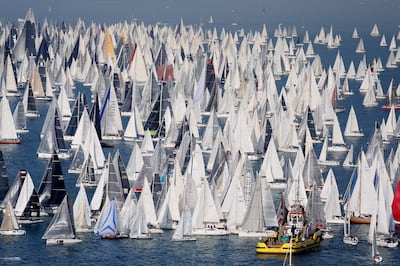
The summer is marked by funky music festivals, while yachting regatta, the Barcolana – designated the World’s Largest Sailing Race by the Guinness Book of Records – fills the harbour each year with more than 2,000 sleek racing boats. But above all, Trieste remains stubbornly under the radar, one of those rare destinations that is still spared the mass tourism that invades many of Italy’s more famous cities.
There is nowhere better to take the pulse of this seductive city than in one of its literary cafes. Tourists are invariably tempted by the sumptuous Art Nouveau salons of the Caffe Tommaseo or the mirrored walls of Caffe Specchi, but my favourite is the buzzing Caffe San Marco, an Art Deco jewel and a favourite haunt of writers such as James Joyce, who wrote Dubliners when living in Trieste.
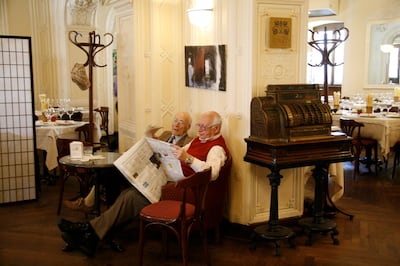
While older residents faithfully read the newspapers in this famous landmark, students sit hunched over their laptops, with everyone enjoying some of the best coffee in Italy – this is the home city of Illy Caffe – accompanied by to-die-for sachertorte and strudel. “We aim to make the San Marco a cultural hub of the city again, with its own book shop, art exhibitions, poetry readings and music,” explains Eugenia, who owns the cafe with Alexandros.
As for the culture scene, while there is always a blockbuster art show featuring the likes of Banksy or Frida Kahlo at Salone degli Incanti, an immense exhibition hall in the ancient fish market, I prefer to head to the discrete Museo Revoltella, where its splendid collection of Italian art is showcased in a grand palazzo renovated by one of the 20th century’s most innovative architects Carlo Scarpa.
Down by the picturesque Canal Grande, a whimsical statue of Joyce looks out over waterside bars and cafes, packed to bursting for the evening ahead. Opposite the provocative Irish writer stands the towering marble facade and pastel domes of San Spiridione, a Serbian Orthodox church with glorious Neo-Byzantine interiors that remind me more of exotic Istanbul.
And to illustrate this city’s harmonious integration of multicultural immigrants, a short walk then takes me past San Nicolo dei Greci, a splendid waterside Greek Orthodox church, followed by the Ar-Rayan mosque – centre of a thriving Muslim community whose roots here date back centuries to the Ottoman Empire – and the ancient Jewish ghetto, now a rabbit’s warren of antique shops, osterie and fashion boutiques.
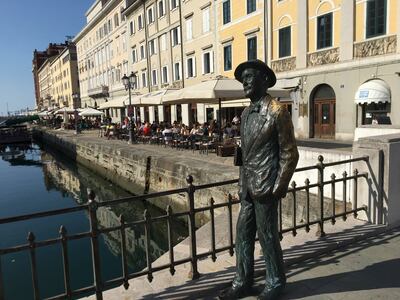
A steep hike up the San Giusto hill comes out at an imposing 1,000-year-old Romanesque cathedral, its floors covered with delicate mosaics. The perfect spot for a sunset panorama over one of Europe’s great natural harbours encircled by wooded hills that tumble down to the Adriatic coastline as it stretches into Slovenia.
Trieste offers numerous day trips, eco-slow travel at its best, with no need to hire a car as low-carbon local transport is very efficient. To reach the fairytale Miramare Castle, I take a leisurely 4km stroll on the Lungomare, a popular beach promenade along the Adriatic loved by locals for swimming, sunbathing, picnics and parties. The dazzling white castle sits on top of craggy rocks like an ornate wedding cake decoration, created as the sumptuous residence of Maximilian, brother of former Austrian emperor, Franz Josef. Sadly, he never got to spend a single night there; he declared himself emperor of Mexico only to be executed there before returning home. It is just another of Trieste’s typically quirky tales.
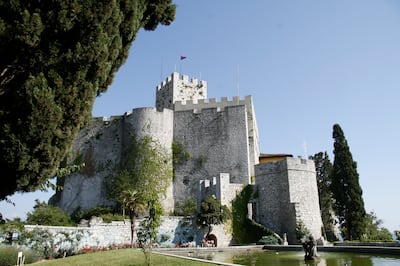
Further along the coast, on the rugged Carso peninsula, lies Duino Castle, owned by aristocratic relatives of the immensely wealthy Thurn und Taxis family. The castle and its park are open to the public, and this is also the point to set off on the Rilke Trail, a hike through the Carso’s forests, limestone outcrops and caves, dedicated to the romantic poet Rainer Maria Rilke, who was inspired to write his mystical existential poems, the Duino Elegies, while staying in the castle.
My favourite excursion involves jumping on the public ferry that chugs past imposing waterfront palaces, then the busy commercial port, right across the Gulf of Trieste to the scenic port of Muggia. I step back into the past, when this was part of another empire, the Republic of Venice. The architecture here is distinctive Venetian Gothic, marked by carvings of the Lion of Venice, and the local dialect is close to Venetian. Bobbing boats line the tiny harbour and as Mauro Glessi unloads crates of wriggling squid, crabs and sardines, the young fisherman recommends I have lunch at the nearby Il Corridoio, where his mamma Sabrina is the chef.
The friendly trattoria is a brilliant discovery, genuine cucina casalinga – or home cooking. She certainly whips up a storm in the kitchen and we feast on Venetian specialities such as spaghetti smothered with clams, polenta topped with baccala mantecato (creamy salt cod) and a fritto misto of crispy calamari and prawns.
It all goes to show that Trieste remains a surprising destination for ever caught in an intriguing limbo between its Italian and Central European heritage.
